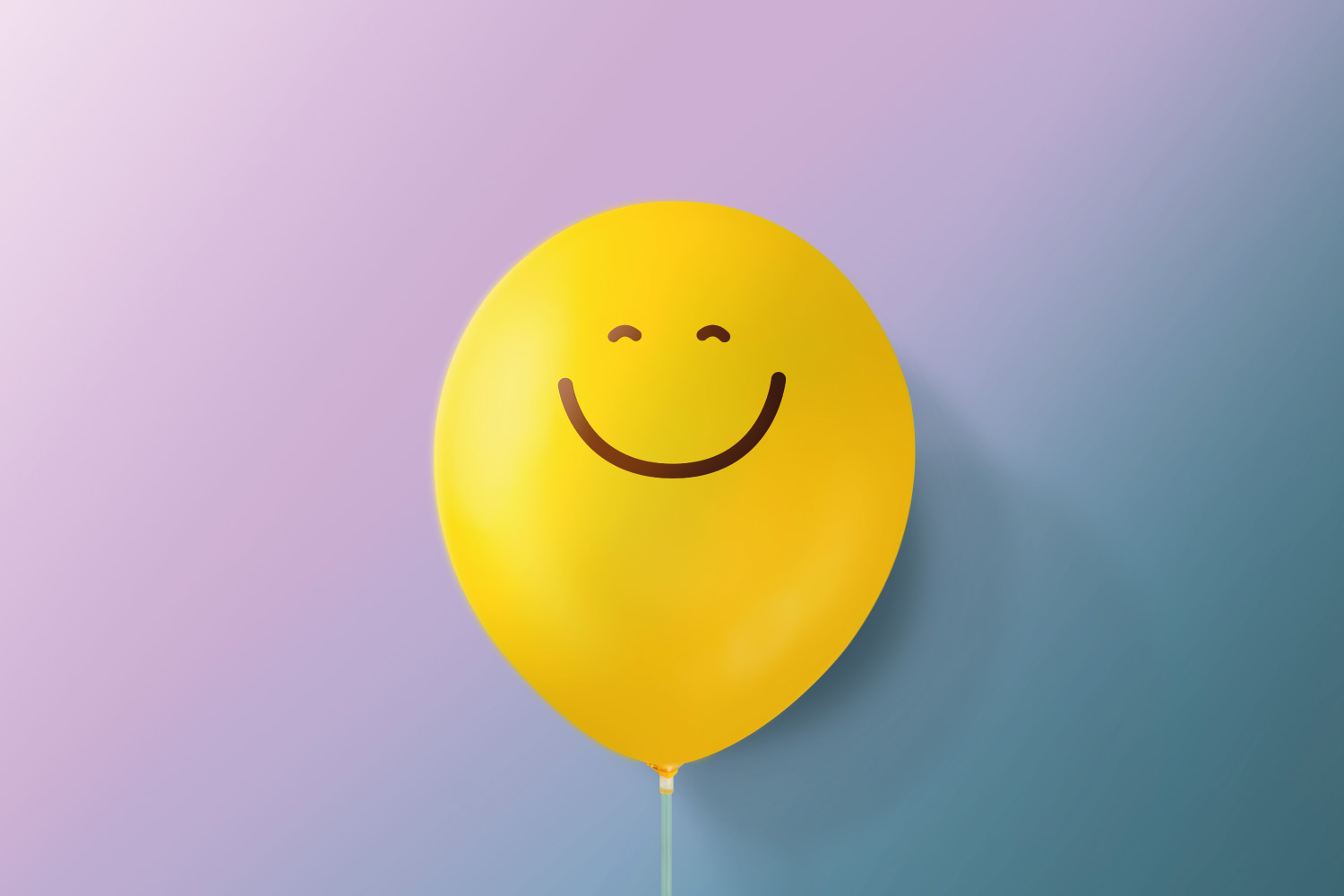Year 1 CORE Mental Health
Welcome! This page introduces you to the Year 1 content for the CORE MH curriculum. Here is an overview of what is covered:
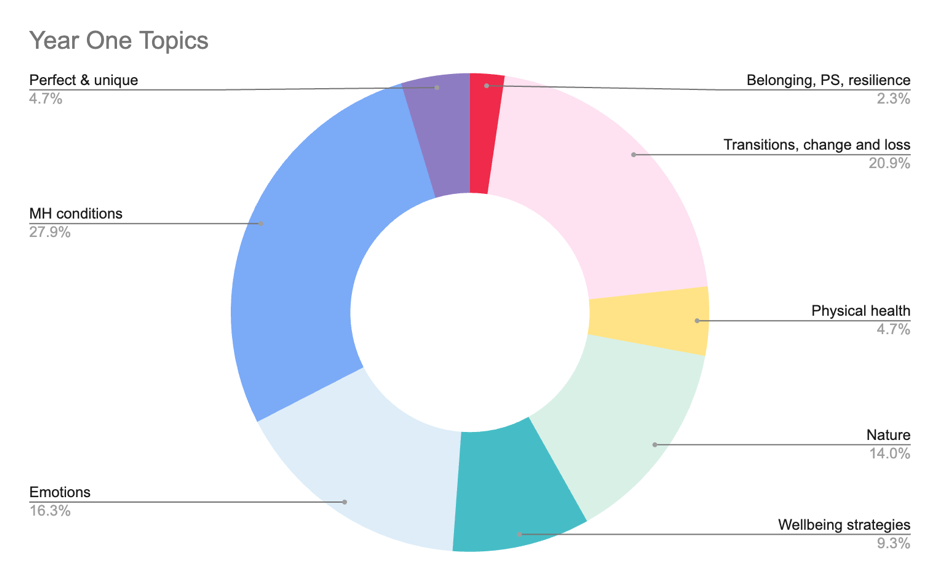
N.B. PS=Problem-solving
- A focus on managing transitions and change, especially with the change of class
- Cultivating a sense of belonging to help children feel welcomed in the class
- Self-care techniques and wellbeing strategies for overall wellbeing, hygiene and resilience
- Opportunities provided for children to openly discuss their feelings and emotions
- A crucial emphasis on play-focused and child-centred activities
- Providing experiences where children feel a sense of freedom and autonomy, including education about money.
- An introduction to anxiety to address a potential lack of understanding at this developmental stage
- A strong focus on learning from nature and the world around them to enrich children’s experiences (especially during the spring and summer terms)
- Lots of mindfulness exercises!
- N.B. THERE 44 WEEKLY SESSIONS WITHIN THIS CONTENT, WHICH IS MORE THAN THE NUMBER OF TEACHING WEEKS IN A YEAR (BECAUSE OF HALF TERMS AND HOLIDAYS). THIS IS TO ALLOW YOU TO MIX AND MATCH AND SELECT THE SESSIONS BASED ON WHAT CONTENT YOU THINK YOUR CLASS NEED.
Preparing for Year 1 CORE MH:
Here are some tasks that you can do to in early September (or whenever your school is starting the CORE MH Curriculum) to support your class and their mental health: prepare to make self-soothe boxes, create a calm-down area in the classroom, make a visual timetable, source some mood journals, and find 3 self-assessment pots and counters (all the details are below):
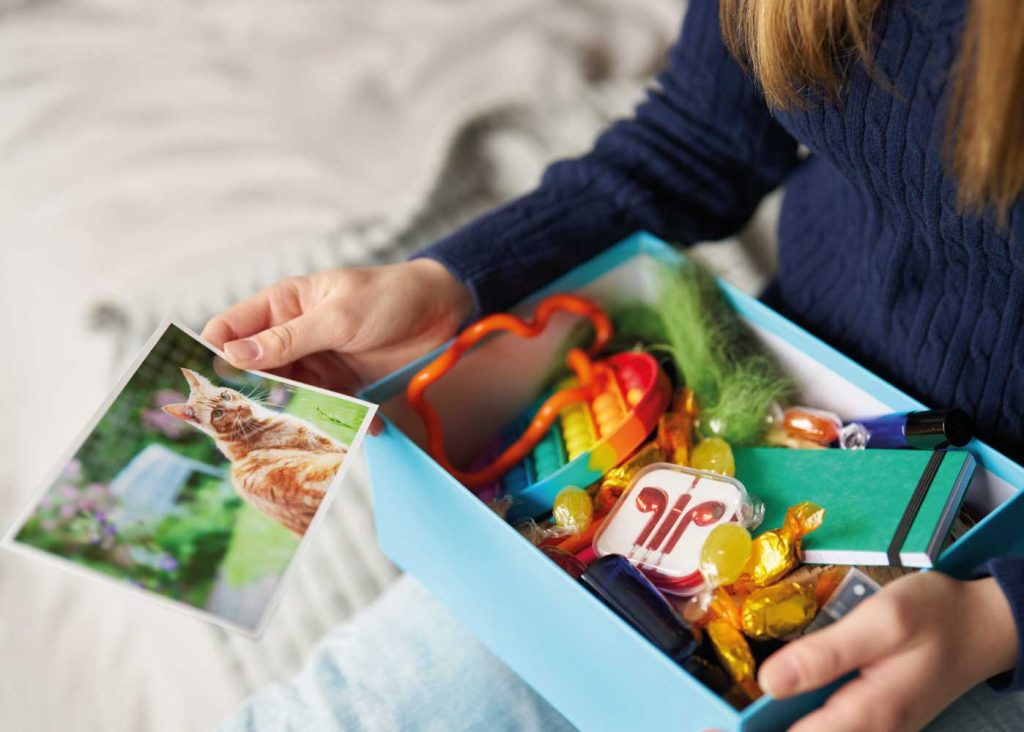
Self-Soothe Box
In the first week of September, ask children if they would bring a shoe box into school (if they can remember to) with some small objects in it that remind them of home, e.g. tissue with someone’s perfume/aftershave on it, favourite toy, photo etc. This should show them how they can use self-soothing objects to aid the transition to school and ease any anxiety about being away from home. N.B. If your school is starting the CORE MH Curriculum in January or April, this activity is NOT required.
Resources
- Prepare your own shoe box to model this to the children
- Select a few items that remind you of your home
- You may like to send the information above to the parents/carers in an email
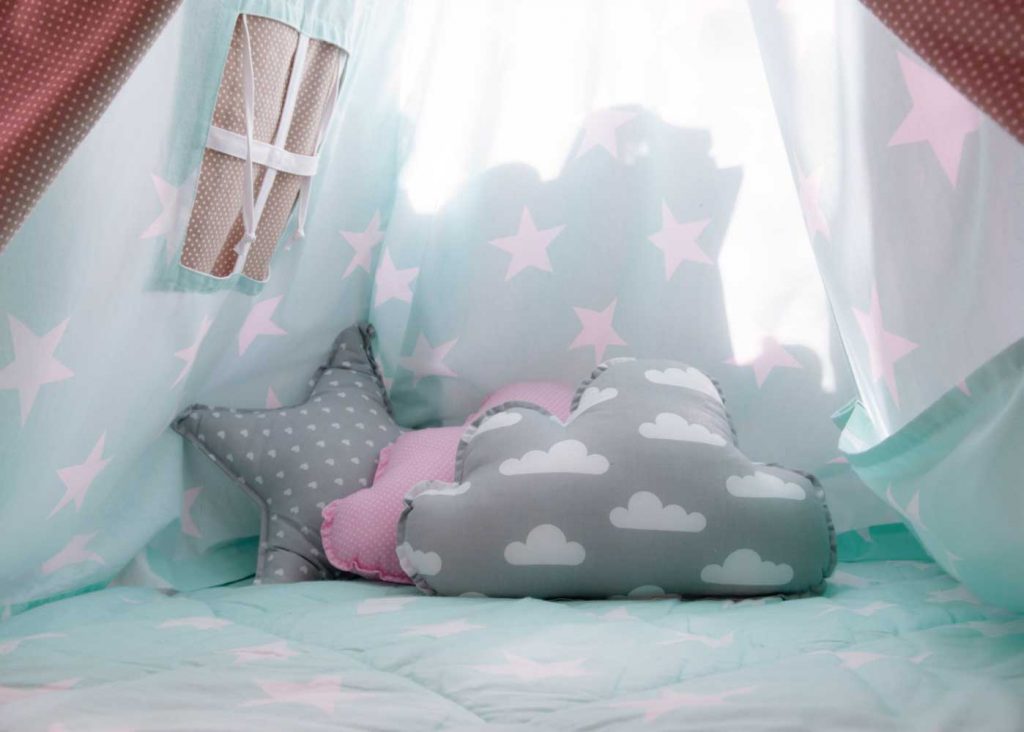
Create a calm-down area
The calm-down area can simply be a corner of your classroom that is a designated area for children to access if they feel the need to calm down. Ideally, this would consist of some comfortable chairs, a rug and a variety of resources for children to self-regulate and have access to sensory objects to soothe themselves.
Examples of Resources
- Soft toys to stroke, playdough to mould, rice in jars, variety of textures and fabrics
- Natural objects such as pebbles, shells, sorting trays with beads and buttons
- Headphones to provide quiet
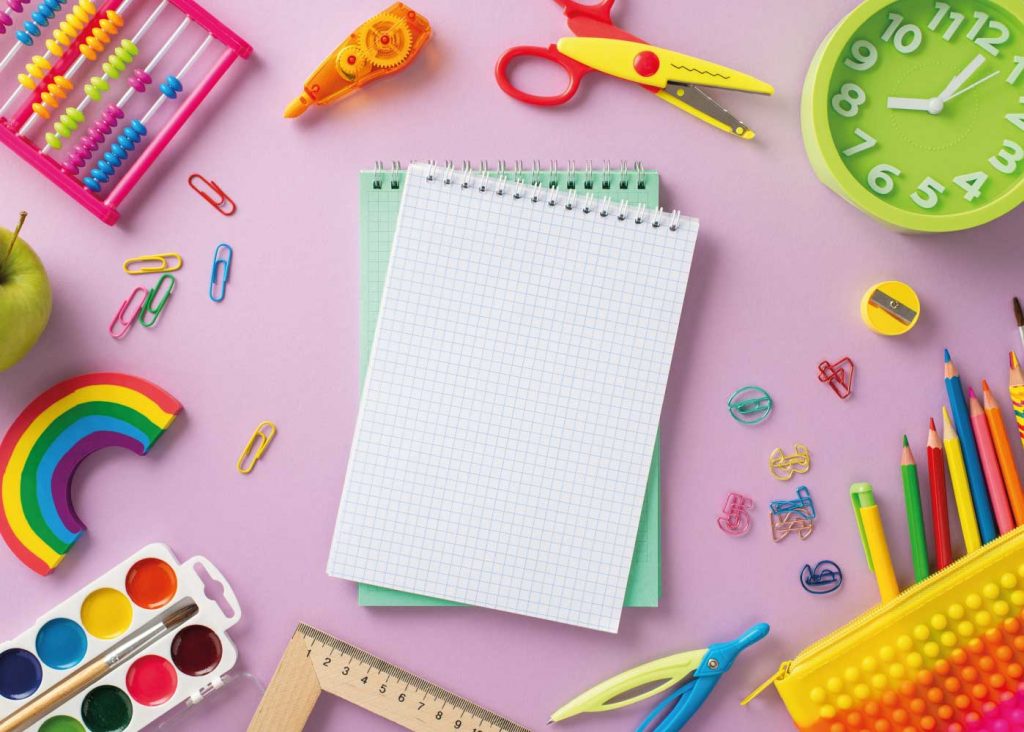
A Visual Timetable
Use of a visual timetable is recommended. Preparing one of these using cards and Velcro would be useful at the start of term. This allows children to feel safe because they know what to expect and can prepare themselves a little for what the day ahead may be like.
Resources
- Velcro
- Card
- Pictures
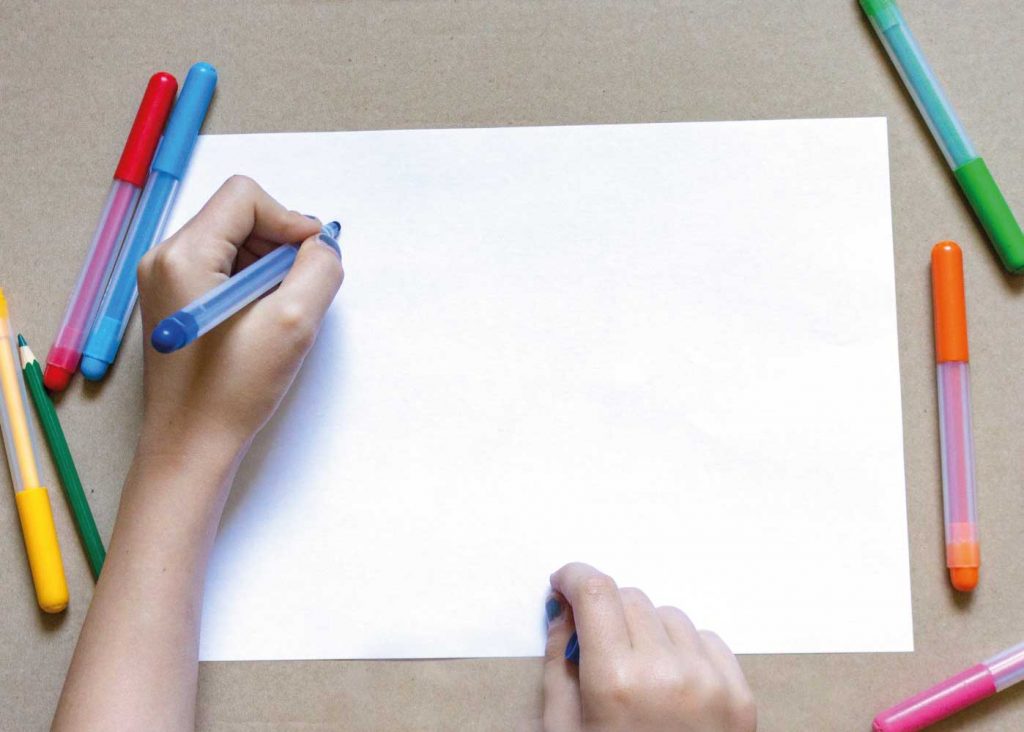
Source a Mood Journal
Please source a ‘mood journal’ (a book with plain paper) for every child at the start of the term (or ask them to continue to use the one from the previous year if there are still pages left in it). The mood journal is their own personal resource, so as a teacher you won’t mark it or even look at it, unless a child wishes you to. A child does not need to write, they can draw, doodle or just sit and reflect in their mood journal.
Resources
- A book with plain paper
- Previous mood journal, if applicable

Make 3 Self-Assessment Pots
Make 3 self-assessment pots (SAPs) labelled with these words ‘Yes’, ‘Not sure’ and ‘No, not yet’, and find one counter for each child. This makes assessment easier for you and gives you a general idea of where the learning is in each session, for example, how many children felt they had (‘yes’) and hadn’t (‘no, not yet’) achieved the learning objective and how many children may have experienced confusion around the task (‘not sure’).
Resources
- Tins, jam jars or pencil pots
- Counters or coins

Provide Feedback
I would be very grateful if you could keep a record on the platform of how the sessions have gone, and how the children have interacted with the self-assessment pots. Please use the ‘SAP and feedback’ function.
What to record
- How many counters are in each pot
- Note on how you felt the session went
- Engagement levels
- Misconceptions
- Suggestions for improvement
Here is a list of all of the resources that you will need to deliver ALL of the Year 1 content: (for those of you that wish to be prepared! Otherwise, they are simple enough for you to collect each week) 🙂
- mood journals
- spare shoe boxes
- class teddy
- variety of art materials (paper, card, paints, pencils, glue, scissors etc)
- photo (to model…of something special to you)
- hole punch
- string
- construction toys
- bubble mixture and wands
- 30 lemon sherbet sweets
- ipads
- shaving foam
- collection of stones/pebbles
- soft ball
- 30 biscuits
- icing sugar
- selection of fruit
- plastic knives
- tissue paper
- cotton wool
- buttons
- Book: A Handful of Quiet by Thich Nhat Hanh
- furry material
- art feathers
- corrugated cardboard
- baby’s feely book
- variety of board/card games (or children bring in from home)
- mud/soil
- water
- 15 small soft toys or puppets
- playdough
- essential oil (orange or lavender)
- glitter
- mini-whiteboards
- counters or coins
- sand tray
- shells, spaghetti, beads
- crystals
- miniature toys/cars/people/animals
- beach ball
- Blu-tac
- blankets (children to bring in one from home)
- 6 dice
- Appendices 8-18
